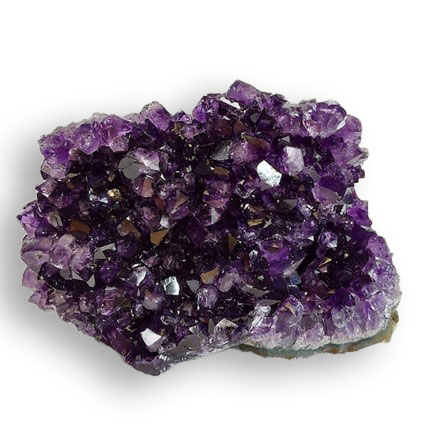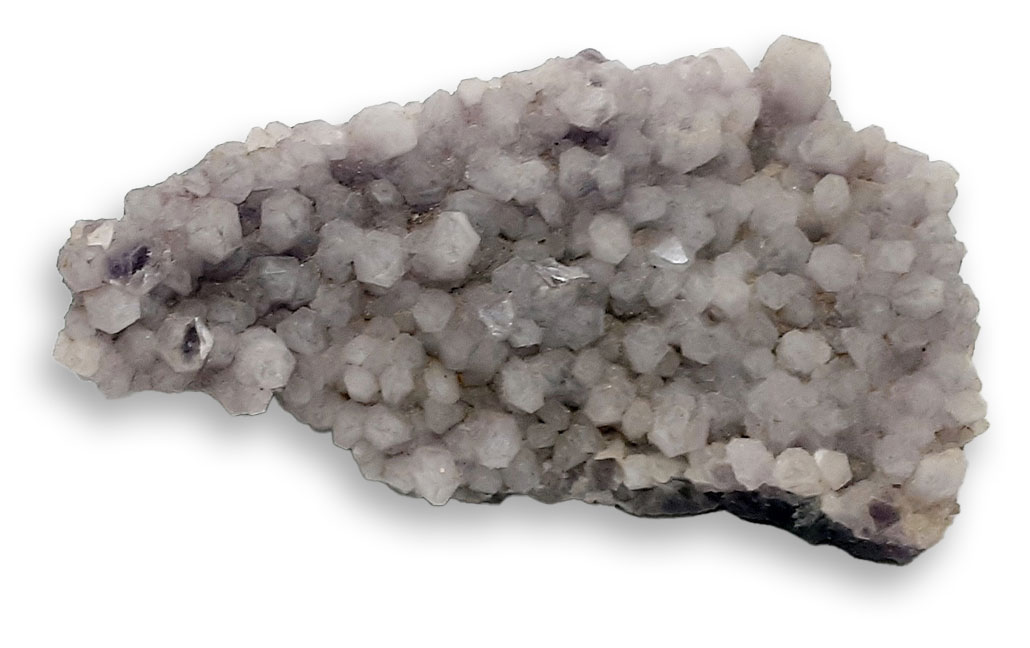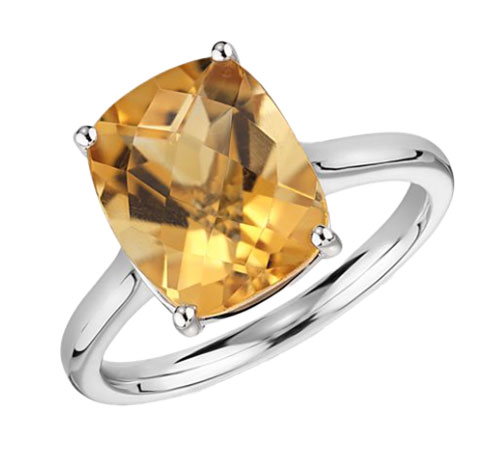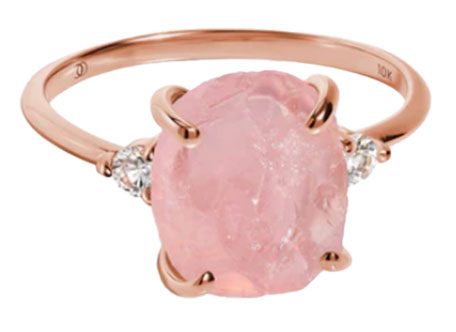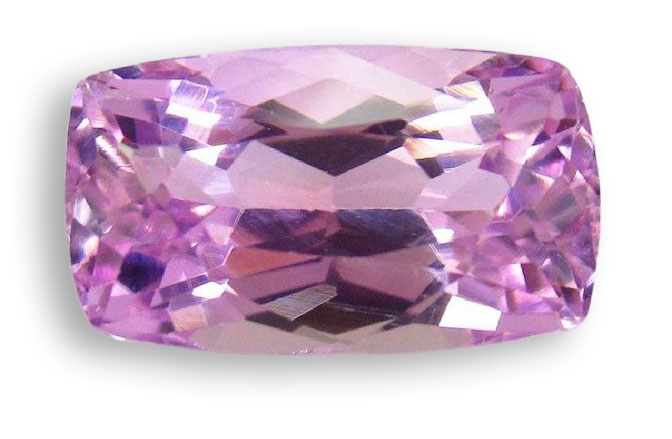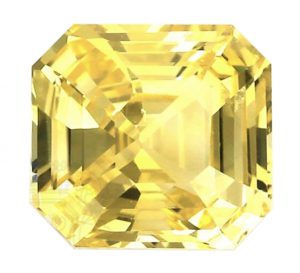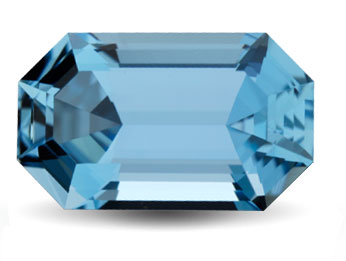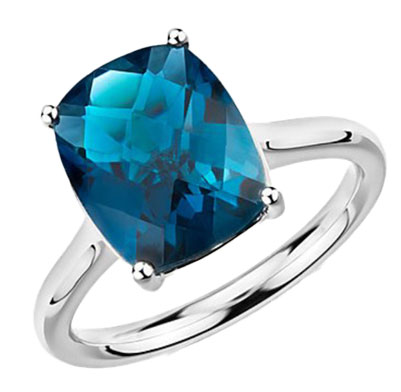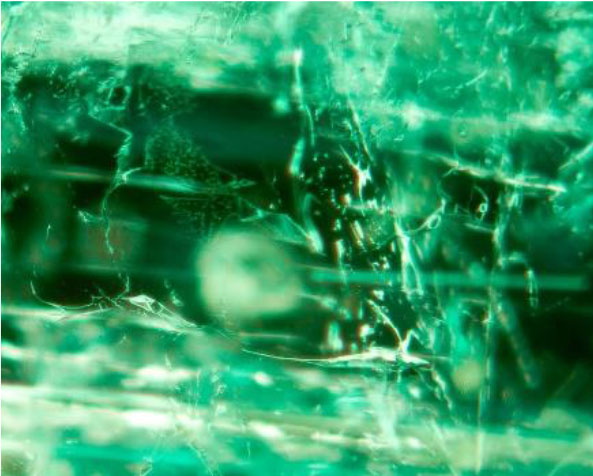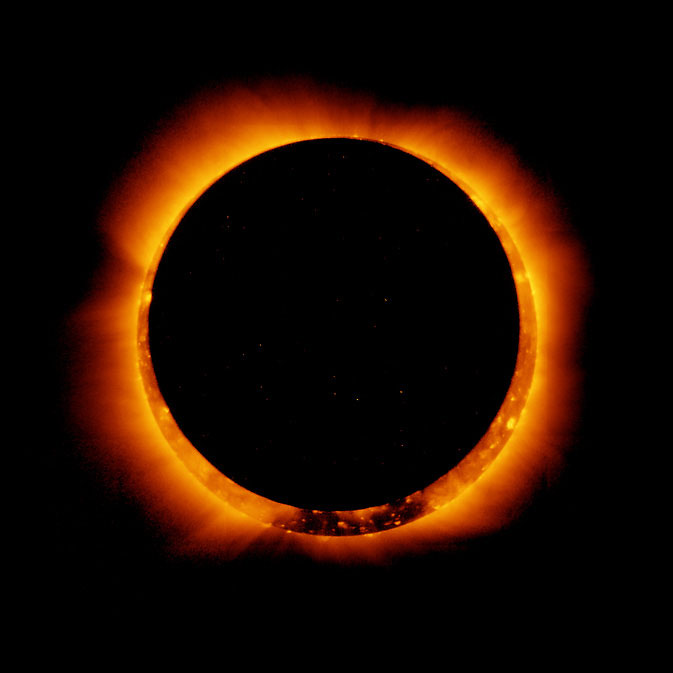 Gems & the sun
Gems & the sun
We know that looking directly at the sun can harm our eyes. Did you know that the sun can also affect, and even harm, some gemstones?
Most gems are minerals, and we tend to think of them as pretty sturdy, rock-like stuff. As jewelry insurers and jewelry owners, we are concerned with a gem's hardness (how easily it can get scratched) and its toughness (how it responds to impact). But many colored gems can also react to light and heat, sun and UV, in surprising ways.
Color fading
Many of the most beautiful colored gems can fade from prolonged exposure to the sun. Gems in the quartz family are particularly sensitive.
Amethyst, for example, occurs in hues that range from light lavender to deep purple. But even its strong purple can fade away. The first picture above shows a cluster of deep purple amethyst. The second shows a similar sample that had been deliberately exposed to sunlight for a prolonged period of time, just to see how much color the gem material would lose.
Such a dramatic change from rich color to dull gray is unlikely in day-to-day jewelry wearing, but it is a reminder that color fading can be occurring, even if it's imperceptible day to day.
Citrine, another variety of quartz, is valued for its color, which ranges from light yellow to golden yellow with hints of orange. It too could lose its splendor from too much sun.
In excessive light, Rose quartz's inviting pink could pale and fade. Yellow topaz could turn brown.
Kunzite is known as an "evening stone" because of its extreme sensitivity to bright light, especially sunlight. Its pink to purple color will bleach away to white if the stone is left too long in the sun.
Color restoration
For certain other gems, sun has just the opposite effect. Some sapphires, especially those with a yellow component, including padparadschas, tend to fade when deprived of light—for instance, when stored in a safe.
Some jewelry owners have been distraught to find their sapphire jewelry, carefully kept in a closed jewelry box and taken out only for special occasions, had lost its strong color. They were relieved to find out that exposing the sapphire to a day of sunlight or to a UV source should revive the depth and brilliance of the color.
Sapphires, like many other gems, are commonly heated to improve their color. It turns out that this heating (in controlled temperature and environment) also stabilizes sapphire's color, so that such heat-treated sapphires do not fade from lack of light.
(More about color treatments below.)
Color-change gems
Alexandrite is the most famous gem that changes color depending on the light source. It can appear green or blue-green in daylight, and reddish to purple by candlelight or incandescent light. And under both light sources together, it will show a mix of those colors.
 There are other, rarer, gems that also display color changes. Zultanite's more subtle palette is said to include khaki green, sage green, cognac, pink champagne, canary yellow and ginger.
There are other, rarer, gems that also display color changes. Zultanite's more subtle palette is said to include khaki green, sage green, cognac, pink champagne, canary yellow and ginger.
Color Treatments
Treatments can turn stones from dull, undesirable colors into commercially attractive gems, or they can make a low-priced stone pass as a more expensive one. Color treatments can even turn unsalable off-color diamonds into deeply colored fancies that match some of the best the earth has produced.
Taking its cue from nature, and its aim from consumer preference, science has discovered the advantage of heat in stabilizing and intensifying desirable gem color. In Aquamarine, for example, heat in a controlled environment can remove the greenish color and produce an attractive, and more popular, blue.
Many gems, including amethyst, topaz, citrine, sapphire, ruby, aquamarine, and tanzanite are commonly subjected to heat treatments to stabilize or to improve their color.
Irradiation is the process of using electromagnet radiation to alter a gem's color. The effect can be dramatic. For instance, irradiation combined with heat treatment can turn colorless topaz into any of a variety of attractive colors. In fact, blue is the most common color of topaz because of color treatments.
Though radiation sounds scary, such gems are completely safe to wear. However, the stability of the color is questionable. For some gems, an irradiated color will fade on exposure to strong light. For others, extreme heat, as from a jeweler's torch, may damage the color.
Often a gem that is treated has a lower valuation than a gem of comparable quality that is not treated. This is especially true for diamond, where mined, untreated fancies of rich color are far pricier than those whose color came from treatments.
For valuation accuracy, as well as for durability concerns, it is essential that all gem treatments (also called enhancements) be disclosed on the appraisal and lab report.
Damage
Opal is an unusual gem, technically not quite a mineral (because it lacks a crystal structure) but instead is often classed as a mineraloid. Its makeup can be as much as 20% water, which gives it unusual fragility. Under sudden or excessive heat, from the sun or other sources, opal's inherent moisture can dry up, causing cracks or crazing to appear on the stone. Some types of opal are more prone to crazing than others, and the effect cannot be reversed.
It's a good idea not to wear opal jewelry while sunbathing. Since this gem also doesn't do well with abrupt temperature changes, jewelers may suggest removing an opal ring before handling frozen foods.
Heat can also be dangerous to amber, which is not a mineral at all but fossilized tree resin. Lab testing reveals that high heat can actually melt amber. Not to worry, though; amber's melt temperature is more than 400 F. Amber may darken after a day at the beach, but it will not melt. However, amber is a soft material, very susceptible to nicks and scratches, so it's not a good choice for casual, everyday wear.
Emerald is by nature a highly fractured material, which means the gem is brittle. It is vulnerable because heat (as well as impact) can extend existing fractures. A conscientious jeweler or appraiser may even warn a client to avoid using hot water to clean their emerald.
In addition, any materials used to fill fractures, such as oils, resins and polymers, may change or deteriorate under light and heat, causing alterations in the gem's appearance and durability.
Fracture-filling, a common clarity treatment for emeralds, makes a gem look better by masking the fractures that make it vulnerable, but the vulnerability remains. The gem's susceptibility to damage (from heat, impact, resetting, etc.) is so great that some insurers consider the fracture-filling treatment as inherent vice and do not cover such gems.
Note: The phenomena described above apply to mined gems, and may or may not apply to lab-created gems.
All scheduled jewelry should have an appraisal from a reliable and trained gemologist appraiser who is independent of the seller.
Most appraisers are familiar primarily with diamond. For colored gems, the appraiser should be one who is familiar with color stone identification and grading, and also with the market for colored gems and any related scams.
Many gems with high name-recognition are not necessarily of high value. Also, within any gem species, there can be great quality/value differences, so the appraiser's knowledge is essential.
If the appraised valuation is high, be sure to check the sales receipt. A large discrepancy is a strong indication of inflated valuation or fake.
All gem treatments should be noted on the appraisal. If a gem is untreated, that should be stated, as it can seriously affect valuation.
A seriously fractured gem is vulnerable to breakage. Fracture-filling is a treatment done to conceal a condition that makes a gem less attractive, but it does not in any sense heal the stone. The fractures and the gem's vulnerability remain.
Some insurers regard a heavily fractured stone as inherent vice. The breakdown of fracture-filling in a gem is not damage for which the insurer is responsible.
Opals are very vulnerable to cracking and crazing from heat, temperature changes, impact, or even for no apparent reason.
On a damage claim, ALWAYS have the jewelry examined in a gem lab that has reasonable equipment for the job and is operated by a trained gemologist (GG, FGA+ or equivalent), preferably one who has additional insurance appraisal training, such as a Certified Insurance Appraiser™.
Most appraisers are primarily familiar with diamond. For all colored gems, be sure to consult an appraiser who regularly deals with colored gemstones.
We cannot emphasize strongly enough the need to check appraisals and lab reports for information about gem treatments. Look for these terms: treated, enhanced, composite. Also, the type of treatment should be given—e.g., fracture-filling, HPHT, radiation, etc.
A color-treated or clarity-treated gem has a lower value than an untreated gem of similar appearance.
Breakdown of a fracture filling treatment is not damage for which the insurer is liable.
Some materials can change or break down under normal wear and tear, and such changes are not considered damage for which the insurer is liable.
Most materials discussed here are low in value compared with diamond. If the appraised valuation is high, be sure to check the sales receipt. A large discrepancy is a strong indication of inflated valuation or fake.
©2000-2025, JCRS Inland Marine Solutions, Inc. All Rights Reserved. www.jcrs.com

